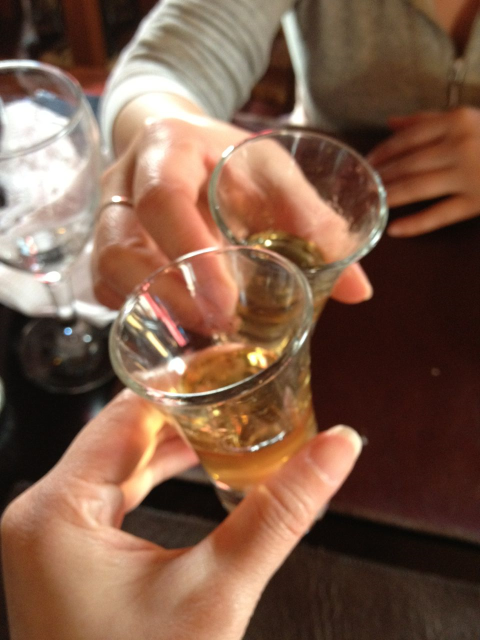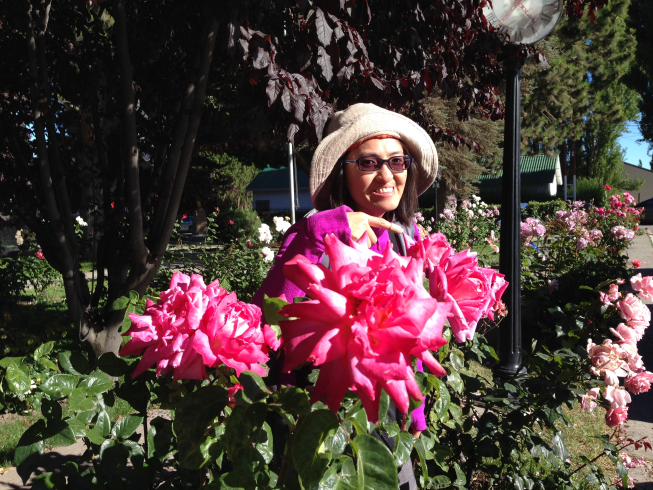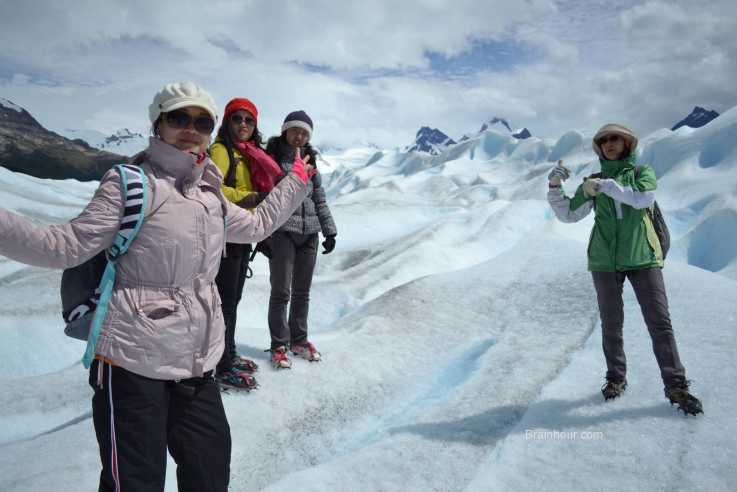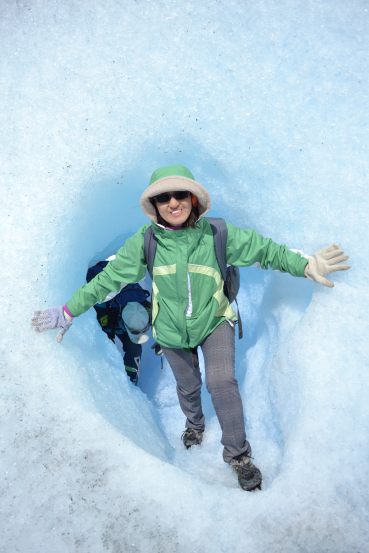
Named after a fruit berry family, blueberry lookalike, once eaten, guarantees your return to Patagonia. It is also declared national capital of the glaciers and is the startig point to visit the region, such as El Chalten and other wild adventures.
El Calafate is our first entry point to the Patagonian region. It is so different from the North and yet so uniquely attractive. A bit of a desert-like climate. Its population has steadily increased for the past ten years due to the famous Perito Moreno glacier - a very splendour one.
How to get here
People can get here by plane, car and buses. Its nearby airport is 17 km away, and we flew in from Buenos Aires.
How many days to spend in El Calafate?
Most people were simply in and out of El Calafate for a day or two due to its neighbouring to Perito Moreno glacier, the only advancing (very slowly though) glacier in the world. The view is a magnificant must-see. Some, like us, extend their stay in this region because of the beckoning of El Chalten, the newest town in Argentina and the national capital of treking. We spent three days at El Chalten and two full days at El Calafate.
Where to stay in El Calafate
For shoestring traveller, there are campsites during summer months. For budget-minded, hostels are the next level. of course, regular hotel and more upscale hotels are also available. We stayed at America Del Sur El Calafate Hoste, my favorite hostel during this trip. Their staff speak fluent english and were extremely helpful and accommodating. They prebooked our bus tickets and the Big Ice trekking tour package prior to our arrival. It was already 3am when we got dropped off at the hostel. Not only they allowed us to crash on their sofa before our connecting bus for El Chalten at 8am in the following morning, but also allowed us to enjoy their complementary flavorful delicious breakfast for free. Their chocolate cake and yogurt are the best.
After our return from El Chalten (please read my other post on El Chalten), we stayed at America del Sur hostel for two nights.
Where to visit?
Patagonia is not just about ice-fields, soaring and snow-capped mountains, but also lakes and grasslands with wild horses and cows. There are various outdoor adventurous activities, such as horse riding, kayaking, and ice-climbing. Due to our limited time and exhausted body, we only opted for one organized tour, the Big-Ice trekking with Hielo Aventura. We spent the remaining time strolling in downtown El Calafate, tasting their famous Patagonian lamb, pastry, and wines.
What is the difference between mini ice-trekking and big-ice trekking and which one to choose?
That was the dilemma I had, especially after we had hiked two challenging trails in El Chalten. Not sure if our body could do another physical demanding big ice-trekking. But it was such a memorable experience.
Both treks get on the glacier, but the main difference is that the mini trek is on the lower part of glacier while big trek is on the higher part or close to the heart of the glacier after an hour hike up the mountian. I guess that might make the difference in scenery and experience.
The big-ice trekkers are required to wear gloves, harness and to strap a pair of crampons over the soles of our shoes/boots. It was quite an effort to walk a few hours on the crampons, but I enjoyed it.
We saw many glacial crevices with amazing deep blue water, running streams, and ice-formed "tunnel" as well. Words can't describe the awesome experience and sceneries presenting before our eyes. We also filled up our bottle with this deep deep blue water - they sure are tasty.
We sat on glacier for our lunch. What an experience! Thankfully, it wasn't a windy day.
I was very impressed with our tour guides. So professional and knowledgable. This trekking tour is definitely the highlight of my trip.
blog comments powered by Disqus

















